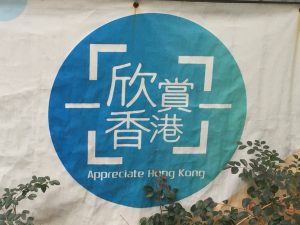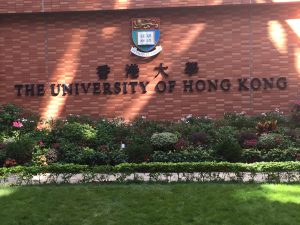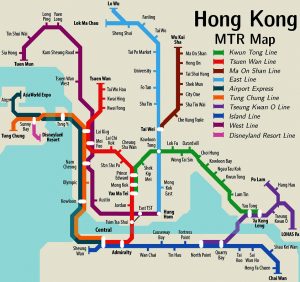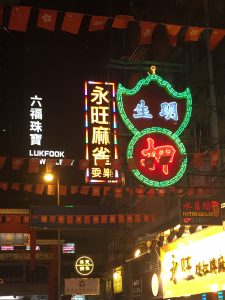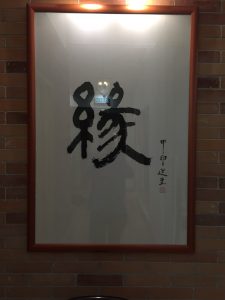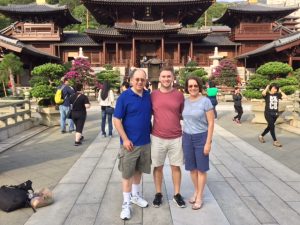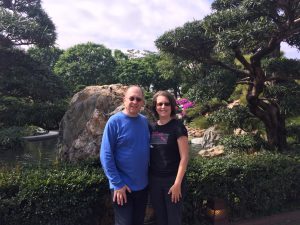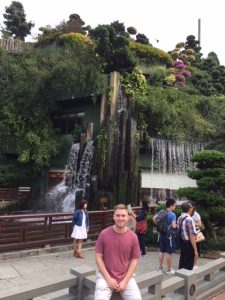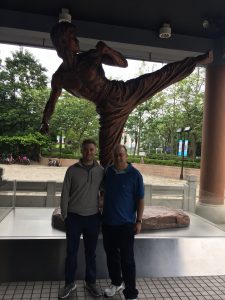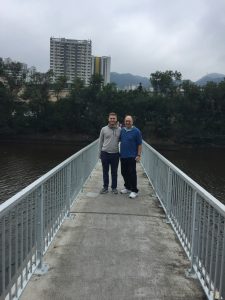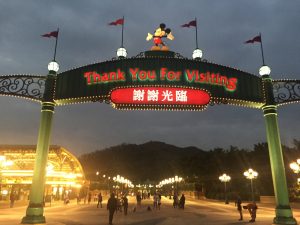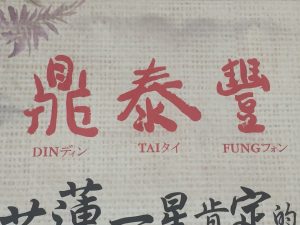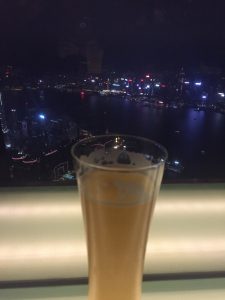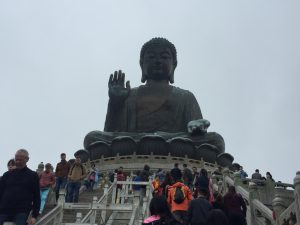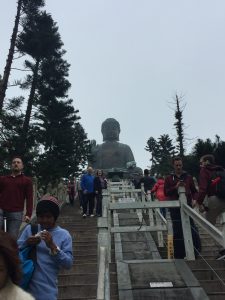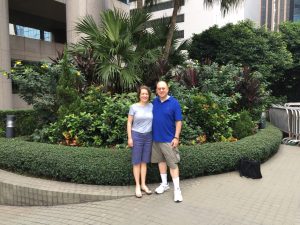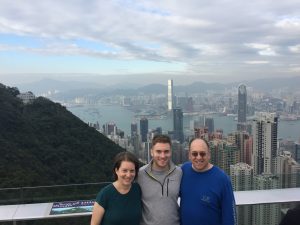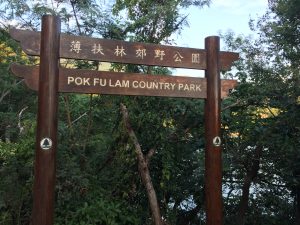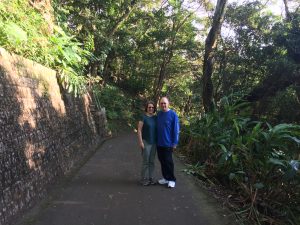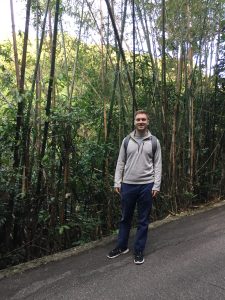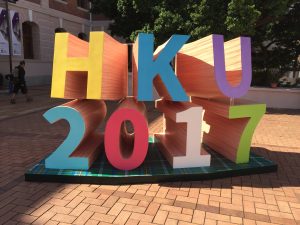“One important key to success is self-confidence. An important key to self-confidence is preparation.”
~ Arthur Ashe
—
 As leaders, business professionals, influencers, educators, or students, most of us know when the race begins it is important to be ready to win.
As leaders, business professionals, influencers, educators, or students, most of us know when the race begins it is important to be ready to win.
If we were to equate a race to a current or new initiative or project what knowledge would you need to prepare and increase your chances for success? In this age of “instant information” many find it hard to find the “right information” at the right time. Why is that?
A few questions…
- What happens when you only have a small fragment of the whole story? How do you get it?
- When an organizations cuts back on training how do you learn the essentials of performing your job?
- What happens when the people around you are too busy, and/or don’t know the answer and then ask you to understand the “big” picture and prioritize next steps?
While business intelligence tools are “the” essential enablers, in parallel to investing in technology, we must first have a business understanding of the requirements. It’s important to have a methodology to architect the understanding of the “whole” issue at hand and as a result, feel confident to operate knowledgably in a complex environment which we call: the marketplace.
Leadership, influence, and excellence requires that we have a vision or roadmap. You may be familiar with the expression, “In the land of the blind the one eyed squirrel is king or queen!” In other words, “Ignorance is bliss, knowledge is power!”
As result, let’s walk through 3 simple models to paint the picture:
- The Mosaic – Putting the Puzzle Pieces Together
- Epcot Center – Walt Disney’s Vision included a Geodesic Dome
- The Tao of Knowledge – What Every Leader Should Know!
The Mosaic – Putting the Puzzle Pieces Together
A senior executive friend once shared with me, the “difference between ‘experience’ and lack of experience is how many puzzle pieces a person needs to see, to find the answer to a solution and operate at a peak performance level.”
 While we all want as many pieces of the puzzle as possible visible to us and in their place, sometimes we are presented with just a few pieces spread out in different parts of the mosaic.
While we all want as many pieces of the puzzle as possible visible to us and in their place, sometimes we are presented with just a few pieces spread out in different parts of the mosaic.
The experienced person can take a very little bit of information and turn it into a clearer picture. Sometimes all of the pieces may not present themselves but with a few filled in and the skill to fill in a few more — enough information can be derived to make informed decisions and take action around the top priorities.
In the military the ability to gather information can result in “life and death” outcomes. In business “success or failure” and in sports “winning and losing!”
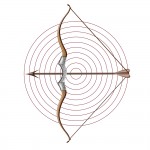 But how do go about getting this information when by all accounts it’s nowhere to be found? Interesting question to ask, “If knowledge is like a bow — and you can only view one part of the bow at a time, but not the whole bow — then how do you find the knowledge (or data points) you need which are around the curve (of the bow) and beyond your view?
But how do go about getting this information when by all accounts it’s nowhere to be found? Interesting question to ask, “If knowledge is like a bow — and you can only view one part of the bow at a time, but not the whole bow — then how do you find the knowledge (or data points) you need which are around the curve (of the bow) and beyond your view?
Epcot Center – Walt Disney’s Vision included a Geodesic Dome
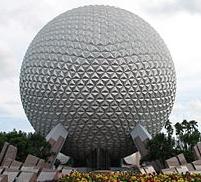 How many of us have visited Disney World or scene a picture of the geodesic dome known as “Spaceship Earth” which is a spherical structure based on a network of triangles which when completed forms a circle or sphere?
How many of us have visited Disney World or scene a picture of the geodesic dome known as “Spaceship Earth” which is a spherical structure based on a network of triangles which when completed forms a circle or sphere?
Many of these same properties can be found in nature, such as the bees nest (or comb) as well as in structures originally designed by the famous inventor, engineer, architect, designer, and futurist: Richard Buckminster “Bucky” Fuller (1895 – 1983) who had an office at the University of Pennsylvania in Philadelphia near where I lived while at Drexel in University City (yes, as I was aware of him…I wish I had looked him up!:-).
Given that a triangle is the strongest shape in the universe and that the forming of triangles makes a sphere or circle, it stands to reason that if you can find information (or a data point) on one part of the sphere than you can begin to map out the whole picture by connecting one data point or part of the triangle to another. The fun part is when you work on more then one sphere at a time but for now let’s just work on one at time!
So realizing that information is multiply dimensional with many properties that can include people, cultures, geographies, technology, business, trends, and processes all combining to provide the data points which will help provide you or your audience a more whole view of the knowledge at hand.
In many cultural teachings there is the concept of the “third eye” which at it’s root suggests that we are not fully equipped to see and understand all that is around us. We must use our “third eye” to recognize that there is more around us then what meets the eye and we must have the tools to truly see.
So the next time you are researching a business initiative or classroom project consider the geodesic dome as a tool to make connections which may seem disparate at first but with some patience and effort can inter-connect and become one —part of the whole.
The Tao of Knowledge – What Every Leader Should Know!
Every now and again I’ll ask a friend or colleague if they know what “Tao” represents? A few know it very well but most have no idea or maybe heard about it or remember something about it from their school days.
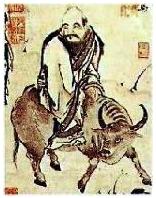 It all goes back to one of the world’s most translated books after the bible, “Tao Te Ching” (Tao = Evolving Force; Te = Being in Step with Tao; Ching = Classic).
It all goes back to one of the world’s most translated books after the bible, “Tao Te Ching” (Tao = Evolving Force; Te = Being in Step with Tao; Ching = Classic).
Legend has it that Lao Tzu, who was responsible (a.k.a. the “Custodian”) for the information (a.k.a. Imperial Archives) of the Chou Dynasty rulers, who lived about 26 centuries ago, decided to retire.
He got on his ox and road across the emperors land to leave and go on his way. At the gates of the capital that lead to the mountains and beyond a gatekeeper, Yin Hsi, insisted that Lao write everything down that he knew after his many decades of work as the information custodian.
Lao got off his horse and agreed to write down what turned out to be precisely “81” principles. He handed the notebook to Yin and passed through the gates to the mountains was never scene or heard from again.
What remains is a resources that has been used by royalty, leaders, educators, employers, and generals throughout every generation.
The principles which are studied over a lifetime provide insights into nature, power, influence and encourage us to guide people (and ourselves) rather then force them (or us) to act. Learn to achieve goals. Develop a strong vision. Practice simplicity. Foster growth.
 These classic materials are well documented (for you to explore further on your own) and provide several straight forward insights. In particular 2 key teachings revolve around:
These classic materials are well documented (for you to explore further on your own) and provide several straight forward insights. In particular 2 key teachings revolve around:
- Cycles – Going with the flow (i.e. think of the seasons like Winter, Spring, Summer and Fall / The current of a river)
- Polarity – Opposites such as hot and cold / night and day
So as a knowledge worker (or seeker) you should consider these basic points such as the seasons, temperature, etc. as part of nature. They do not require any leap of faith as we live with these truths each and every day. In the trigram drawing (above right) you can connect to information in “cycles” such as clockwise or counterclockwise or by going to the polar opposite sides.
Summary and Take Aways
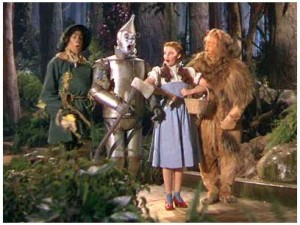 In the beloved movie “The Wizard of Oz” the Wizard gives the Lion, Scarecrow, and Tin Man certificates and awards for the skills and capabilities that they already had in the first place.
In the beloved movie “The Wizard of Oz” the Wizard gives the Lion, Scarecrow, and Tin Man certificates and awards for the skills and capabilities that they already had in the first place.
Maybe it’s time that we gave ourselves our own realization that we know more then we think. We have the tools and methodology to learn more. When our teacher, manager, organization, or circumstances does not fully give us the information we need as students or as professionals to do our job (or pass the test) than we can indeed “master” the knowledge required on our own to become an expert, provide value, and have the confidence to create many successes and win-wins for ourselves and others.
9 considerations for knowledge workers to obtain key information?
- Relationships – Cultivate relationships with experts and leaders.
- Pay Attention – Listen to highly effective individuals (i.e. leaders, influencers, senior executives) many of whom you’ll never meet.
- Record – Write down your findings on paper on your laptop or iPad. Remember – A plan (or research) that is not written down is just a dream.
- Source – Go to the originator, expert, or practitioner of the information when possible. If you want to learn about “bricks” go to a brick layer; if you want to learn about “jewels” to a jeweler.
- Consistency – Do it the same way every time. Prepare for every initiative, project, meeting using a common methodology. Focus on the topic in hand.
- Timeliness – Use time wisely. Whether you have a month, week, day, or hour to prepare. Do it. Don’t go in cold to a situation that with a little preparation you can increase your chances for success.
- Collaborate – Leverage group intelligence. Individual intelligence is very important. Group intelligence is more powerful. Collaborate to gain knowledge. You can remain an individual while drawing off what the group knows.
- Hierarchical Knowledge – Look for expert information which provides the full landscape of information which may come from books, articles, thought leadership papers, top presentations, design diagrams, surveys, or top expert videos. Start by looking at the forest and then the trees!
- Leverage Technology – Develop your own business intelligence whether it’s for you, an organization (“the enterprise”) or a community. Apply analytics, dashboards, as well as business social media including Google Alerts, RSS Feeds, Twitter/Tweet Deck (or HootSuite), Facebook, and LinkedIn.
Make learning, research, and preparation fun. Find friends and colleagues who value these approaches. The rewards are great if you apply these principles! Start the race (a.k.a. initiative, program, project, classwork) with a plan and the required knowledge which will help you, your team, and organization win!
—
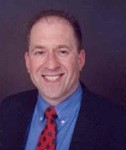 Richard D. Blumberg, President, World Sales Solutions, writes this series of blogs to help senior executives and their teams, leaders, influencers, educators, and students develop effective strategies and tactical execution which results in more revenues, profits, growth, jobs, and value. More >>
Richard D. Blumberg, President, World Sales Solutions, writes this series of blogs to help senior executives and their teams, leaders, influencers, educators, and students develop effective strategies and tactical execution which results in more revenues, profits, growth, jobs, and value. More >>


 Designing an intuitive user experience will increase efficiencies and generate higher value by enabling site visitors to quickly navigate the interface and find essential information, therefore optimizing businesses processes.At the same time, the interface must maintain the organization’s brand and messaging throughout the experience.
Designing an intuitive user experience will increase efficiencies and generate higher value by enabling site visitors to quickly navigate the interface and find essential information, therefore optimizing businesses processes.At the same time, the interface must maintain the organization’s brand and messaging throughout the experience.
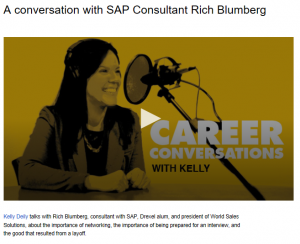
 In an Aberdeen Report, “
In an Aberdeen Report, “
 An organization’s Chief People &/or Talent Officer and their team play a big role as internal consultants within the organization to step back and assess if prehires, new hires, and cross-team hires are getting the best experience and optimizing their productivity?
An organization’s Chief People &/or Talent Officer and their team play a big role as internal consultants within the organization to step back and assess if prehires, new hires, and cross-team hires are getting the best experience and optimizing their productivity? With digital transformation new employees expect social onboarding tools to facilitate their new hire experience. For recent graduates (“Next-Gen”) who have grown up with cell phones and social media it’s important for a business to put it’s best foot forward in the hiring process using modern tools and capabilities.
With digital transformation new employees expect social onboarding tools to facilitate their new hire experience. For recent graduates (“Next-Gen”) who have grown up with cell phones and social media it’s important for a business to put it’s best foot forward in the hiring process using modern tools and capabilities.